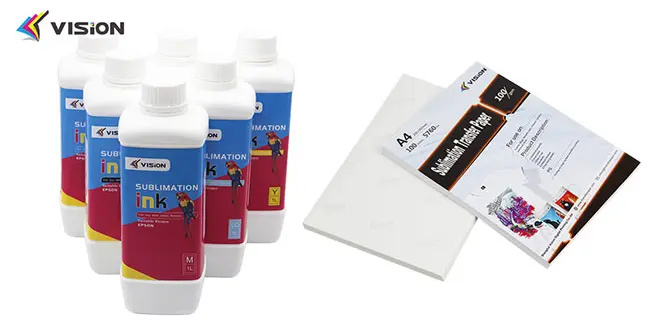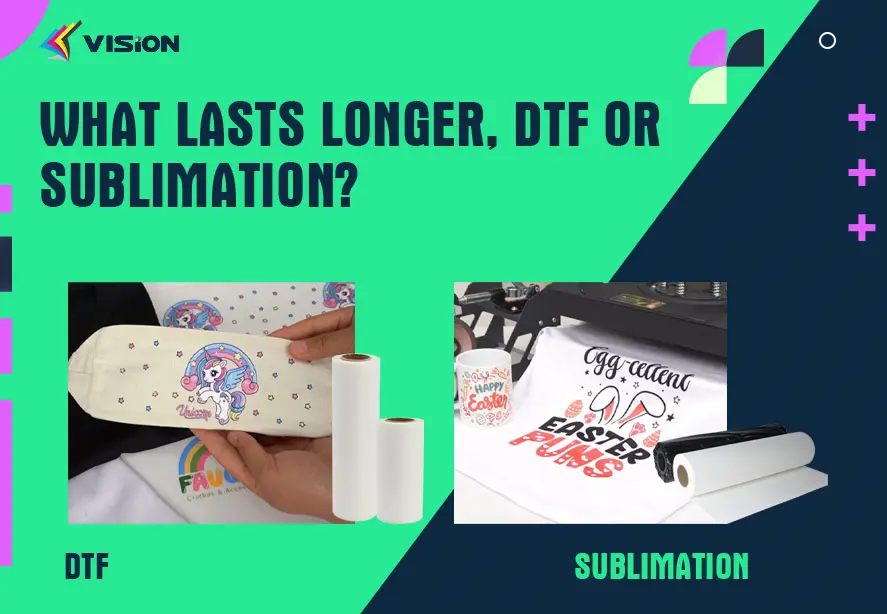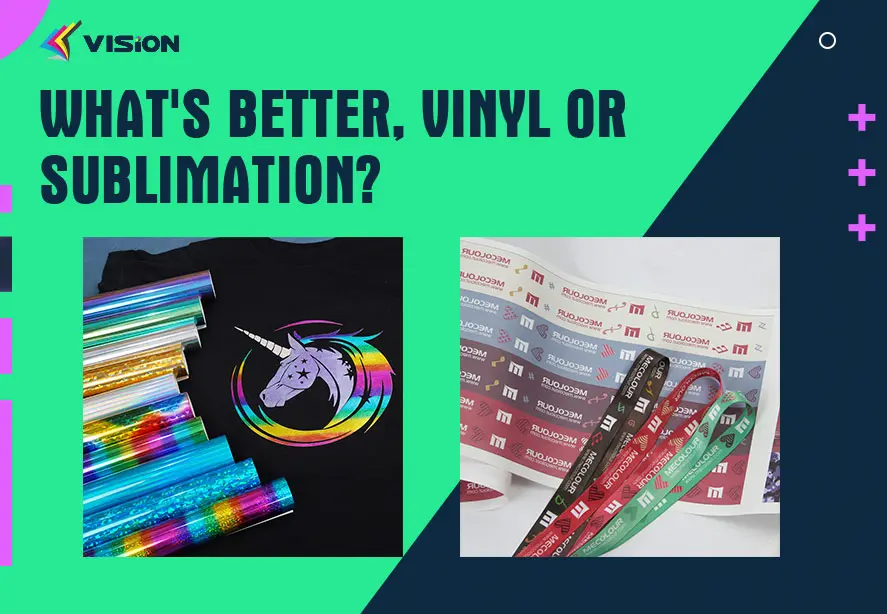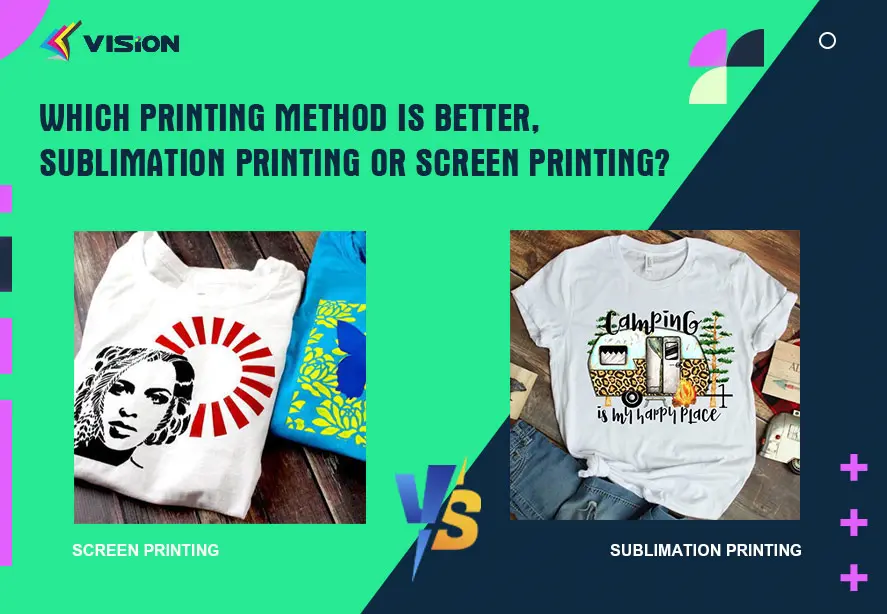Do I Need a Special Printer for Sublimation Paper?

Sublimation printing has gained immense popularity for its ability to produce vibrant, long-lasting images on various substrates, from fabrics to ceramics. However, many people wonder if they need a special printer to use sublimation paper effectively. In this blog, we’ll explore the requirements for sublimation printing and whether a dedicated printer is necessary.
Understanding How Sublimation Printing Works
Before we dive into the printer specifics, it’s essential to understand how sublimation printing works:
Sublimation Ink: This special type of ink turns into gas when heated, allowing it to penetrate the substrate.
Heat Transfer: As the gas cools, it solidifies, forming a permanent bond with the material, resulting in vibrant prints.
Given this process, the type of printer you use plays a crucial role in achieving high-quality sublimation prints.

sublimation ink and paper
Do You Need a Special Printer?
1. Inkjet Printers
Most sublimation printing is done using inkjet printers. However, not all inkjet printers are suitable for sublimation paper. Here’s what to consider:
Dye-Sublimation Printers: These printers are specifically designed for sublimation printing. They use sublimation ink and have features optimized for the sublimation process, such as precise temperature control and specialized print heads.
Converted Inkjet Printers: You can also use standard inkjet printers (like those from Epson or Sawgrass) if you convert them for sublimation. This involves replacing the regular ink with sublimation ink. Be cautious, as this may void warranties, and it’s essential to ensure that the printer can handle sublimation ink without issues.
2. Print Head Compatibility
The print head is a critical component of any inkjet printer. Sublimation ink can sometimes clog or damage the print heads designed for regular dye or pigment inks. Therefore, if you choose to convert a printer, ensure that it has a print head compatible with sublimation ink.
3. Paper Feed System
Sublimation printing often involves transferring prints onto various substrates, which may require a specific paper feed system. Look for a printer that can handle different paper types and thicknesses, as sublimation paper may vary.
Advantages of Using a Dedicated Sublimation Printer
While you can convert some inkjet printers for sublimation use, investing in a dedicated dye-sublimation printer has its advantages:
Optimized Performance: These printers are designed to work seamlessly with sublimation ink and paper, leading to consistent, high-quality prints.
Less Maintenance: Dedicated sublimation printers often require less maintenance and are less prone to issues related to ink compatibility.
User-Friendly: Many sublimation printers come with user-friendly software and settings tailored for sublimation printing, making the process smoother for beginners.
In summary, while you can use certain inkjet printers for sublimation printing, investing in a dedicated dye-sublimation printer is often the best choice for achieving high-quality results. If you’re serious about sublimation printing and want to ensure vibrant, long-lasting images, consider using a printer specifically designed for this purpose.
By choosing the right printer and understanding the sublimation process, you can unlock the full potential of your creativity and produce stunning prints that stand out!
















